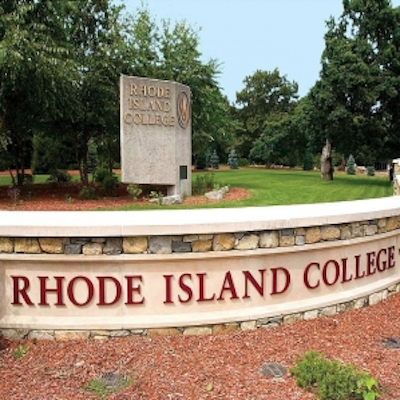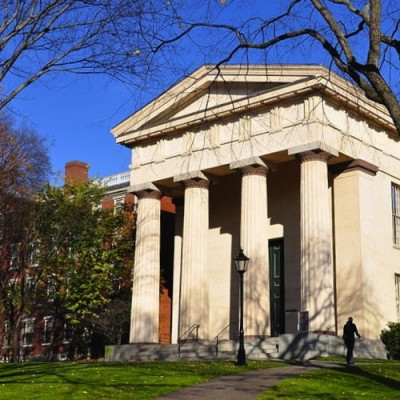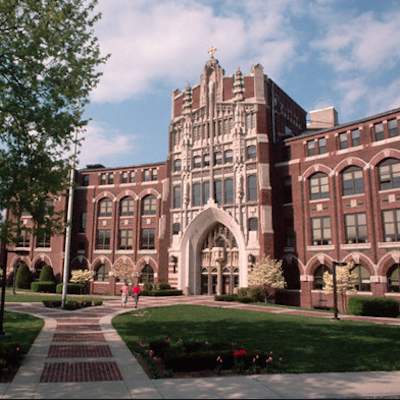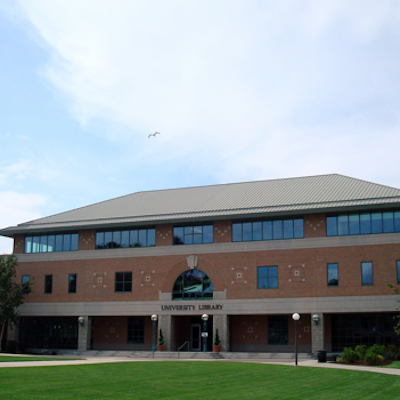Julia Steiny: The Education Non-System Sets Kids Up for Failure
Wednesday, January 22, 2014
Currently we aren't giving kids the basics, never mind a strong sense of what the future has in store for them, believes Julia Steiny.
In May 2013, the National Center for Education and the Economy published a report called What Does It Really Mean To Be College And Work Ready? As they searched for answers to their question, they found endless unsubstantiated opinions. Employers, Higher Education and even folks on the street have very strong feelings about the skills necessary to the adult work world, or the training grounds that eventually lead to said world. Such feelings abound because even with America's high unemployment, many jobs go unfilled for lack of qualified workers, while low-skills jobs, like old-style factory manufacturing, are drying up. The U.S. way outspends all other developed nations on K-20 education, so why aren't more youth ready to be successful in the modern economy?
NCEE contends they found virtually no research on the subject, so they conducted their own. They focused on the English and math skills necessary to be ready for community colleges because at any given time, roughly 45 percent of America's college students attend community colleges. For many students, these are the gateway to a 4-year degree. And they offer the bulk of initial vocational and technical training, "for everyone from auto mechanics and nurses to emergency medical technicians and police officers." The report asserts that without the skills to complete at least a 2-year certificate or degree, young people will struggle to keep a family out of poverty.
GET THE LATEST BREAKING NEWS HERE -- SIGN UP FOR GOLOCAL FREE DAILY EBLASTStandards exist along a continuum
We would love for all kids to be medical-school ready, but let's walk before we run. College drop-out rates are alarmingly high generally, but community colleges experience the greatest losses. "College for all" is not practical or helpful. But all students should be at least community-college, which is to say, workforce ready. Currently, we send a high proportion of badly-prepared students off to borrow and spend tuition money before they drop out, inadvertently creating a crisis of debt and wasted human capital.
(At the other end of the standards spectrum are the utterly-neglected talented kids. They deserve our – my – attention, but not today.)
Community colleges often replicate the bad literacy habits of high schools
NCEE found that community colleges generally require texts that are of an 11th or 12th-grade reading level – not highly demanding – but that high-school graduates struggle with them nevertheless. Most importantly to my mind however, "students are not expected to make much use of those texts." Apparently, the days of ubiquitous essays and book reports, using texts that teachers know well, have given way to what's known as "high-engagement" reading – think the "Twilight" series – and maybe writing a "reflection" paragraph.
Writing itself teaches reading, literacy and thinking. Learning to write unpacks the structure of language and teaches how to use evidence to build an argument, to make a point. The advent of computer-scored tests has been no favor to writing which can only be assess by capable readers and editors. Grading papers has always placed a heavy load on English teachers, eased only when schools were clever about ways of giving them extra time to grade work and coach students directly.
But from the first job-application cover letter to the world of work itself, writing skills are deal-breakers. Kids aren't ready because the system didn't get them ready.
K-20 needs to re-think the Algebra I through Calculus path
Nor is the system serving them with math.
NEEE argues that many students and career paths depend on "middle school mathematics, especially arithmetic, ratio, proportion, expressions and simple equations." Also critical to community-college career tracks are subjects that are "rarely, if ever, taught in American elementary and secondary schools, including complex applications of measurement, geometric visualization and schematic diagrams." But Algebra II is the gatekeeper to college admission to any but the least selective college. So students get pushed through the traditional track without ensuring the solidity of middle-school foundations. Kids can't build high-level mathematical skills on educational Swiss cheese. That's the system at work, setting a lot of kids up for failure.
Mind you, all students should be encouraged to shoot for the Calculus goal because math trains the mind in useful ways, including "modeling" or the ability to frame a real-world problem in mathematical terms. But unless the 8th-grade skills are strong, why bother?
Identifying a basic platform -- call it "community-college ready" -- is not a dumbing down because it's only the guarantee of the basics. Currently we aren't giving kids the basics, never mind a strong sense of what the future has in store for them. Selective colleges and employers are not going to put up with cheesy work.
Most impressive to me was NCEE's image of a so-called system that is really fragments, sections not particularly talking to one another.
Julia Steiny is a freelance columnist whose work also regularly appears at EducationNews.org. She is the founding director of the Youth Restoration Project, a restorative-practices initiative, currently building demonstration projects in Rhode Island. She consults for schools and government initiatives, including regular work for The Providence Plan for whom she analyzes data. For more detail, see juliasteiny.com or contact her at [email protected] or c/o GoLocalProv, 44 Weybosset Street, Providence, RI 02903.
Related Slideshow: RI 4 Year Colleges & Universities with the Highest Student Debt
Seven in 10 college seniors (71%) who graduated last year had student loan debt, with an average of $29,400 per borrower, according to a new report released by the Institute for College Access and Success. According to the Institute’s Project on Student Debt, Rhode Island has the fifth highest student debt in the country, but what about the state's individual institutions? Check out the slides below to see the average debt graduates accrued at Rhode Island colleges and universities.
Note: All data is based on four-year or above institutions for students graduating in the 2011-2012 academic year. Johnson and Wales University and the Rhode Island School of Design are not included in the data below, because they did not report the average debt of their graduates.
Related Articles
- Julia Steiny: 2014 – When All Students Were Supposed To Be Equal
- Julia Steiny: A Smart Way To Engage Math-Haters
- Julia Steiny: Bring Back The ‘C’ Grade
- Julia Steiny: Bringing Kids In Trouble Back From The Brink
- Julia Steiny: Common Core Standards Freak Out Chicken Littles


















